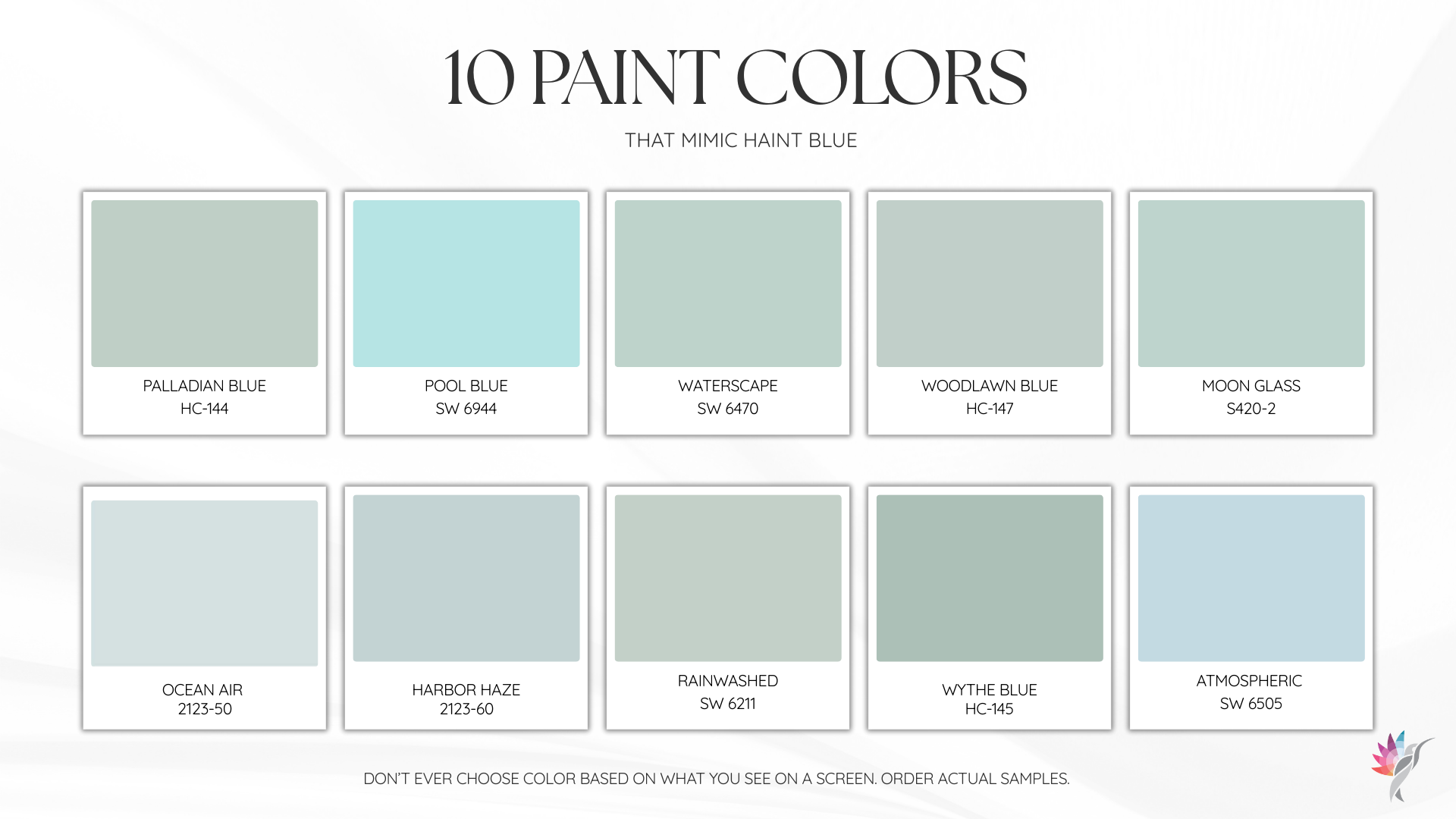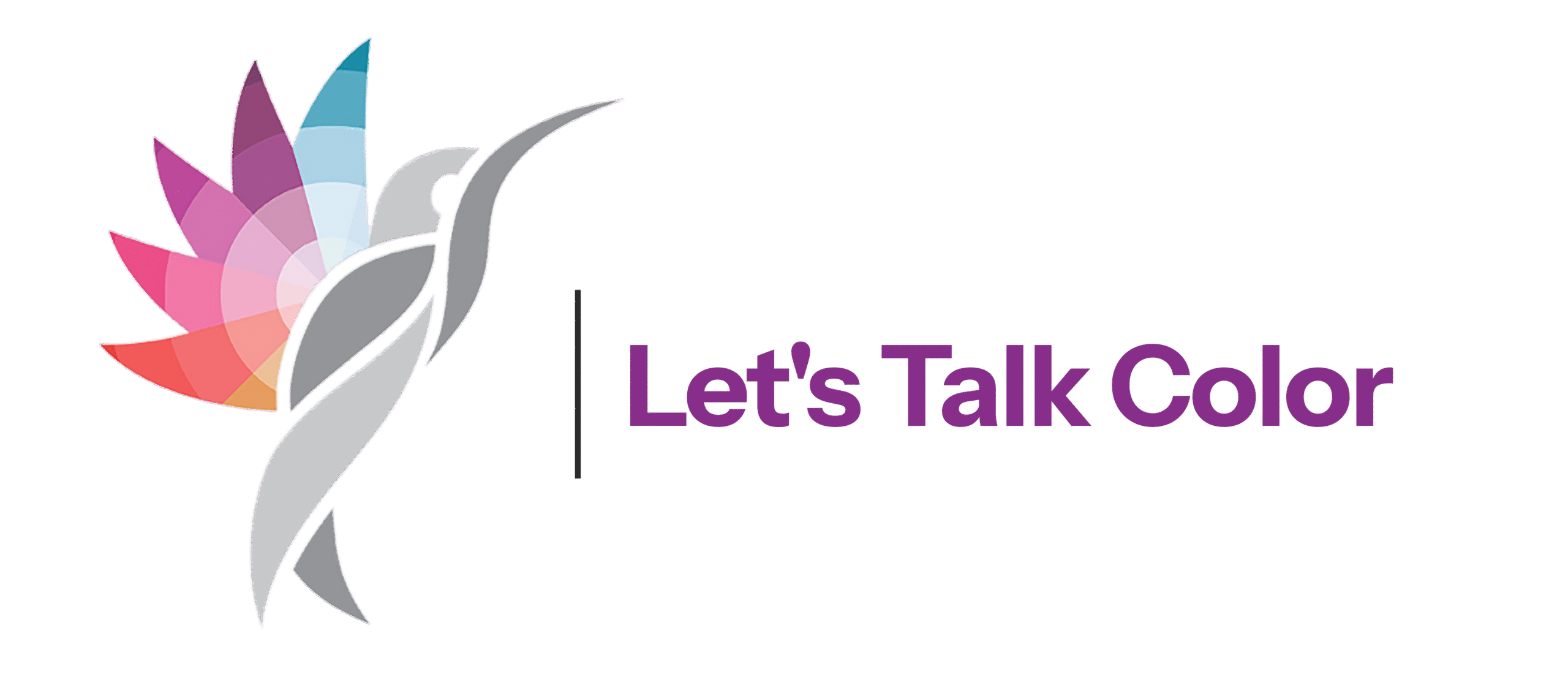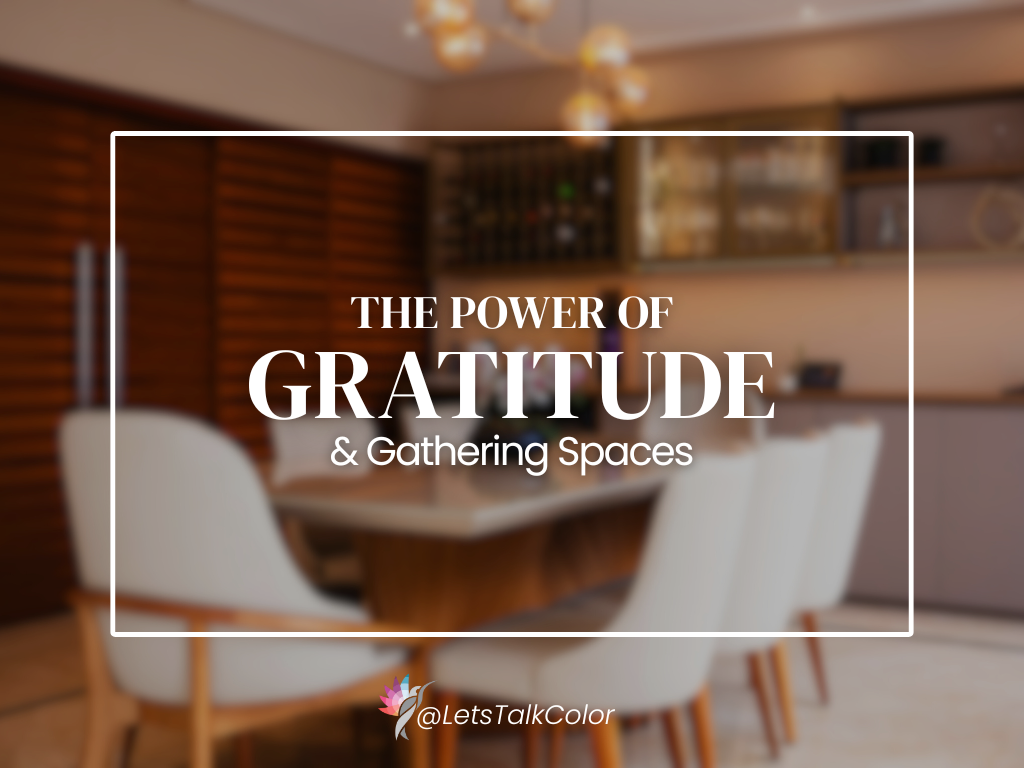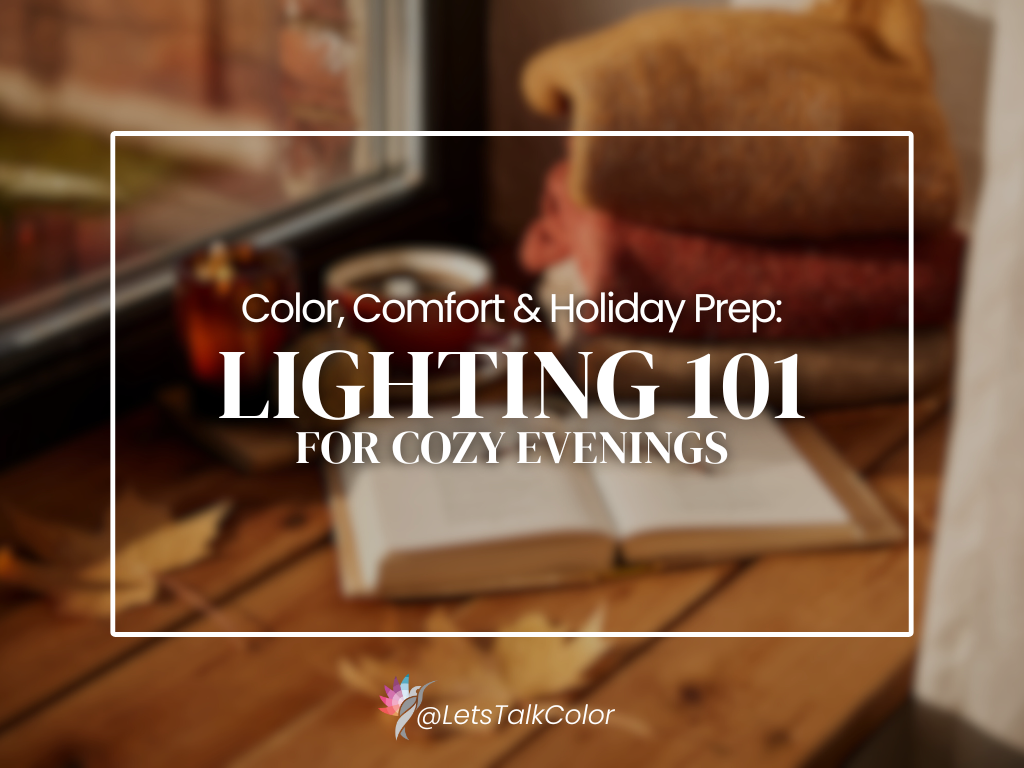The first time I came across the idea of HAINT BLUE ceilings was in a blog post by Lori Sawaya. At the time, it caught my attention, but it wasn’t something I had ever really seen much of in Austin, Texas – porch ceilings here are rarely painted blue.
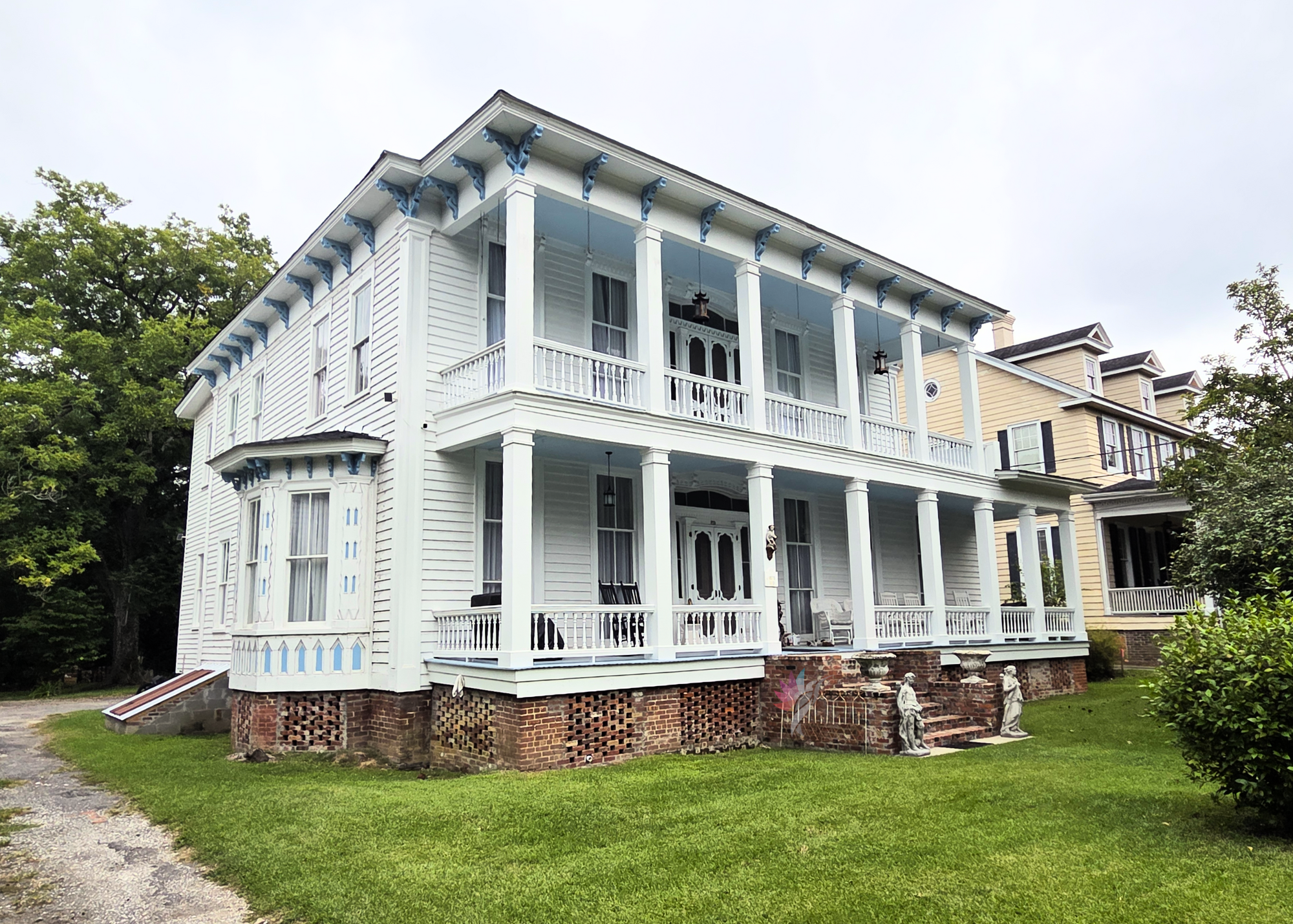
That changed when I recently visited Georgetown, South Carolina. I traveled there with the intention of doing some research on the historical colors and architectural styles that I am not exposed to in my area.
Wandering through the quiet streets, I finally paused long enough to look up – and there it was. A ceiling painted in the softest, most watery shade of blue. It felt fresh and calming, but also… protective. And as I soon learned, that’s exactly the point.
One of the most meaningful parts of my trip was visiting the Gullah Museum in Georgetown. Inside, the curator shared the story of haint blue, and suddenly, those porch ceilings weren’t just charming details – they carried centuries of history.
I learned how the Gullah people, descendants of enslaved Africans, created this color by mixing indigo with lime, milk, and other natural ingredients. They painted porch ceilings, shutters, and even doors in this shade to keep away “haints” aka. restless spirits. The idea was simple but powerful: spirits couldn’t cross water or sky, and so the color blue would protect the home.
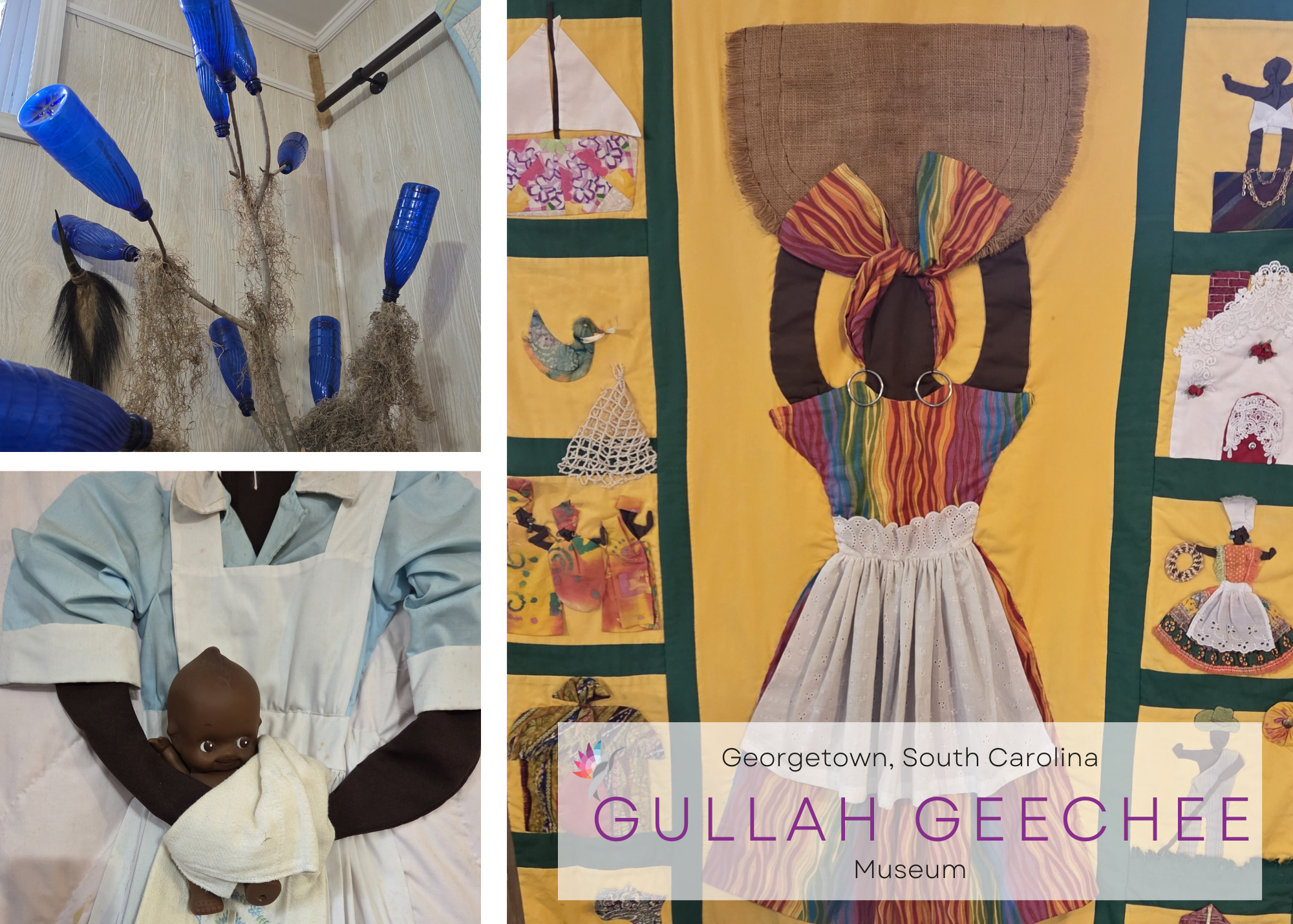
But protection didn’t stop with paint. I also learned about the tradition of bottle trees – clusters of blue glass bottles hung upside down in trees. These bottles were believed to trap wandering spirits. When the wind blew, the spirits rattled inside, a haunting reminder of the unseen world just beyond ours. Over time, bottle trees became part of Southern gardens. I’d even spotted a few back home in Austin, thinking they were just quirky yard art, not realizing they had such deep spiritual roots.

Walking away from Georgetown, I carried more than just snapshots of tree-lined streets and fern covered trees. I carried a story about how color is tied to memory, protection, and survival.
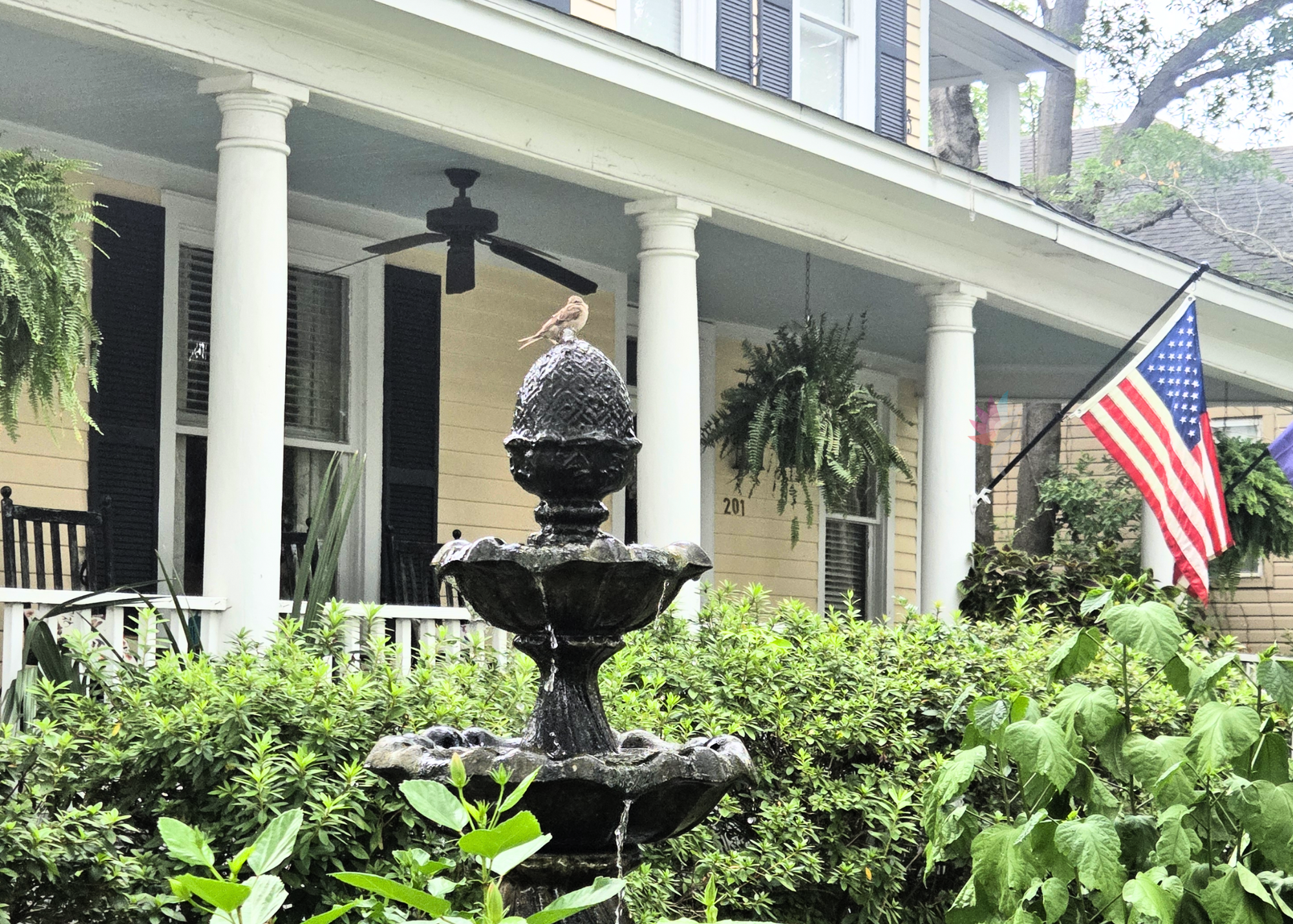
As a color consultant, this experience reminded me that color is never just about aesthetics. It’s about the stories we inherit, the traditions we carry, and the emotions we weave into our homes. Whether it’s haint blue on a porch ceiling or a paint choice in a modern living room, every shade has the power to protect, comfort, and connect us to something greater than ourselves.
How to Use Haint Blue in Modern Homes
If you’re inspired by the history and beauty of Haint blue, here are a few ways to bring it into your own home:
- Ceilings: Use it on porch ceilings to keep the traditional look alive while adding a soft, inviting feel.
- Doors & Shutters: A bold but meaningful way to nod to history.
- Bathrooms & Bedrooms: Light, sky-like blues create calm and restfulness indoors.
- Pair With Neutrals: White trim, soft grays, or natural woods balance out the coolness of Haint blue.
- Test the Light: Observe swatches at different times of day – outdoor light can drastically shift the perception of color.
10 Paint Colors That Mimic Haint Blue
If you’re ready to try Haint blue in your own space, here are some real paint colors that capture the look:
